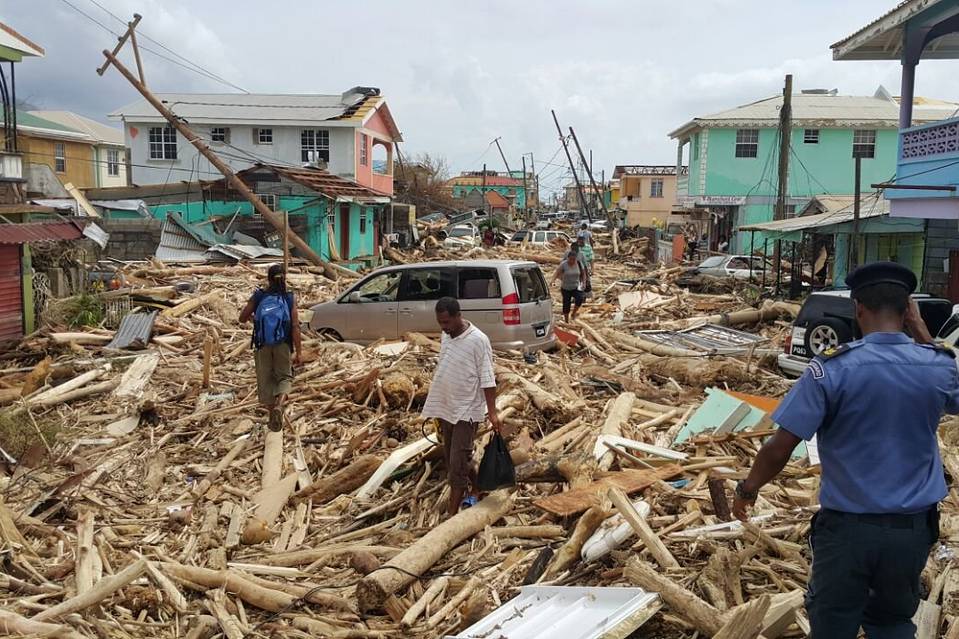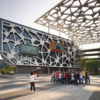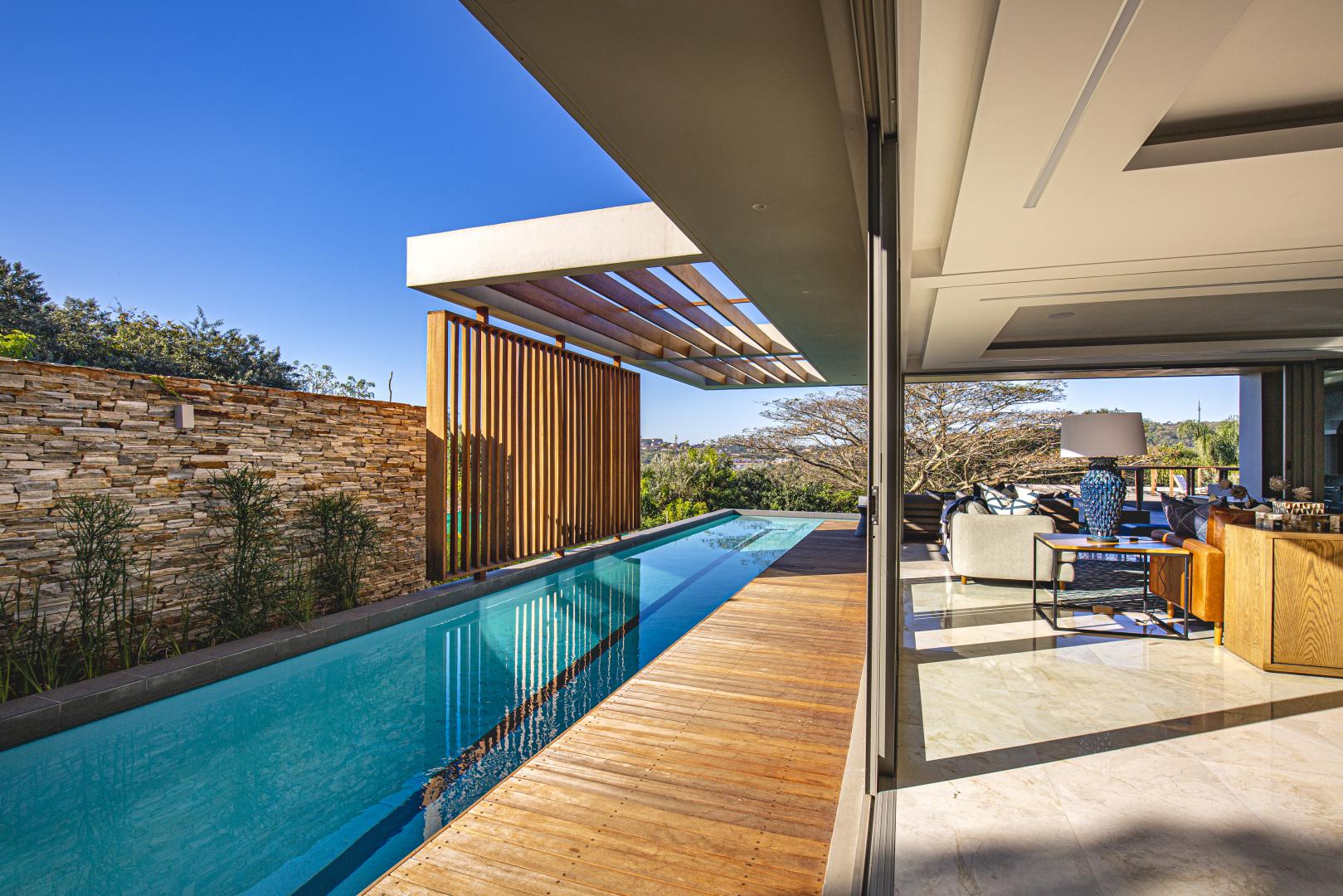The Resilient Homes challenge is calling on architects and engineers to help create resilient homes for people in some of the most vulnerable areas of the World
 Natural disasters are on the rise. Since 1990, natural disasters have affected 217 million people every single year. Hundreds of floods, storms, heat waves and droughts have left about 606,000 people dead and 4.1 billion injured or homeless around the world since 1995. And it is often the poorest that suffer the most from these shocks.
Natural disasters are on the rise. Since 1990, natural disasters have affected 217 million people every single year. Hundreds of floods, storms, heat waves and droughts have left about 606,000 people dead and 4.1 billion injured or homeless around the world since 1995. And it is often the poorest that suffer the most from these shocks.
As architects and engineers, we can design resilient and sustainable housing that both reduce the risk of damage and enables rapid reconstruction following a disaster.
The World Bank, Build Academy, Airbnb, and GFDRR are calling upon architects around the world to develop designs for resilient, modular and affordable homes that cost under $10,000.
Winning designs will be published and winners will be invited to exhibit at the World Bank in Washington DC, USA and other select global venues. Winning designs could also eventually inform resilient housing or reconstruction work for World Bank-funded projects in places like the Caribbean, South and East Asia, etc.
HOW IT WORKS
- Sign up anytime with no registration fee and form your team
- Participate in the optional educational tutorials to enhance your knowledge of the context
- If you need some help, you’ll have the option to receive regular feedback from Experts in the field and in group forums on Zoom
- Submit your final proposal by November 30th, 2018, latest
- A highly reputable Jury will select and announce the winners on December 14th, 2018
Find our more about the competition and the selected jury here.
[button color=”yellow” size=”big” alignment=”center” rel=”follow” openin=”newwindow” url=”https://courses.buildacademy.com/membership?course_id=course-v1%3AArchitecture+WBG1+2018&enrollment_action=enroll”]REGISTER HERE[/button]
CONTEXT
The competition calls for designing a modular house costing under $10,000 that should be easy to build.
The challenge has been designed for three scenarios of a 20m x 20m plot that combine various elements from Earthquakes and tropical storms to mountainous topography and other challenging terrain as well as climate Design teams can submit designs for a single scenario or all three scenarios depending on their preference.
GUIDELINES
Design teams are encouraged to look beyond “fully prefabricated” housing designs in order to allow incorporating local building materials into their designs; designs could be part prefabricated with a clear aim towards ease of construction
- Designs incorporate climatic conditions
- Integration of storage tank for rainwater collection is preferred
- Toilets should be environmentally friendly, attached or detached
- Housing material should be fireproof/treatable to be fireproof
- Project construction cost should be limited to $10,000
DIMENSIONAL CRITERIA
- Area: The houses should accommodate a family of 4-5 people in about 40-50 sqm
- Kitchen: 8-12 sqm, storage and cooking space
- Bathroom & Toilet: 5-8 sqm (combined or separate)
- Bedroom: 12-15 sqm; storage space 1-2 sqm
- Mainroom: 20 sqm, could be used as a bedroom at night
- Minimal Height: 2.5m
ELIGIBILITY
At least one member of the team should have an architectural or/and engineering degree. For designers, previous architectural experience is highly recommended. Other members who participate can also include graduate students or last year students of architecture. The expectation is to have a multi-disciplinary team that can collaborate with companies and people from many different backgrounds: architecture, engineering, design, social workers, etc.
METHODOLOGY
The challenge will feature collaborations and teamwork. We will also have a forum on Facebook, where participants will be able to exchange and discuss design ideas. During the challenge, the projects will be developed to the phase of schematic design.
DELIVERABLES
- Prepare Conceptual Drawings that include plans, sections, elevations and renderings of a preferred alternative.
- Provide a more detailed, engineer’s cost estimate of the preferred alternative in sufficient detail.
- Provide options and recommendations for phasing of the final design and construction.
- Prepare Presentation Materials that can be used to present the proposed conceptual design to multiple audiences in a vivid, easily understandable format.
- 4 square boards of 3×3 feet tp be sent in PDF at info@buildacademy.com
- Explanatory text: 500-700 words
- 3-5 Perspective images of interior and exterior
- Building plans and 2 sections in scale 1:50
- Construction drawings in scale 1:20
- Axonometric diagrams: Structure, enclosure, roof, systems, etc.
- Separate XCL list of all materials used and approximate costs
- Structure
- Technology Integration
- Technical Report
Please use font Helvetica: 30 pt. for Titles; 20 pt. for body
Resolution of all the images is expected to be 300 dpi.
All files will be submitted digitally in PDF format by November 30 at BuildAcademy.com and by email to info@buildacademy.com
EVALUATION CRITERIA
Submissions will be evaluated according to the following criteria:
- Quality and Clarity of the Written Proposal (10%)
- Quality of the Proposed Design (60%)
- The extent to which the proposed methodology represents a sound and effective way to manage and complete a multi-faced work program that encompasses technical analysis, community engagement, and sound planning and design.
- Cost Effectiveness (30%)
Evidence of the team’s ability to credibly deliver and an ample range of services within the designated budget.
DESIGN COPYRIGHT
The copyright of all design will remain with the authors. Build Academy and the WBG will have the rights to publish the results.






